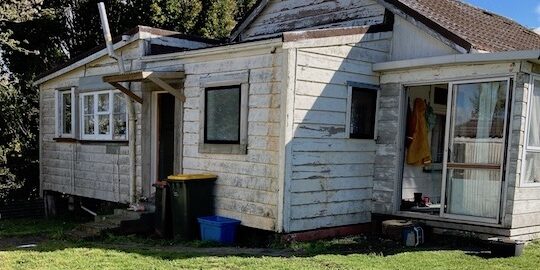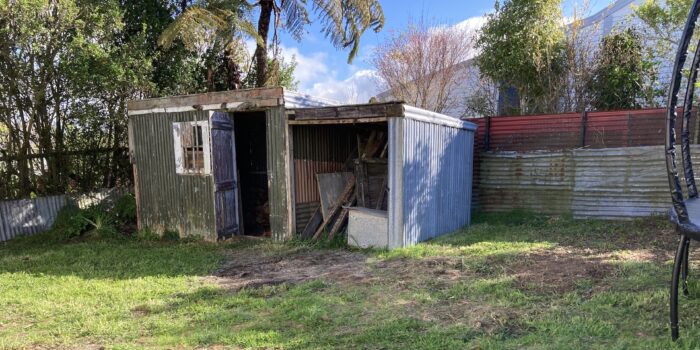How To Evaluate The Risk Of An Investment
Risk evaluation is an important part of investment decision, but there is no cookie cutter way that work for everyone because each of us have their own risk appetite. Here’s 3 methods for how to evaluate the risk in an investment.
What is the risk in an investment
The main risk in investments is that the price of them are volatile. Volatility means that the price moves a lot, and quickly.
The more the price moves, the riskier it can be said to be.
How to evaluate the risk, or the volatility
There are many ways to evaluate the risk in investments, with beta being one of the better known measures. There is also standard deviation and Sharpe ratio for example which can help you figure out if an investment is suitable for you.
(These measures are used for shares.)

Beta
Beta measures the volatility of a specific investment compared to the overall sharemarket.
The overall sharemarket is considered to have a beta of 1.0, and individual shares’ betas land above or below 1.0.
If share’s beta is above 1.0, it will be more volatile than the overall sharemarket, if it is under 1.0 it is less volatile than the market.
For example, Air New Zealand has a beta of 1.54, which means that when the overall market moves, Air New Zealand shares move x1.54.
If the market gains 5%, the Air New Zealand will gain 7.7%, if the market drops -4%, the Air New Zealand share will drop -6.16%.
This is why it is more volatile (1.54 > 1) than the market, the range its price movements is bigger than the overall sharemarket’s range.
ANZ on the other hand has a beta of 0.88, which means it moves less than the overall sharemarket does.
If the market gains 5%, the ANZ will gain 4.4%, if the market drops -4%, ANZ shares will drop -3.52%.
As you can see, the ANZ shares move less than the overall market, which makes them less volatile.
There is a way to calculate the beta of shares, but they are readily available online so there is rarely need to calculate it for ourselves.
Yahoo Finance for example is a great source of all sorts of share metrics and public company data. You just pop the company name, or the ticker (short name of the company) in the search bar and you will get a lot of data to look at.
Standard deviation
While beta measures the volatility of a share compared to the overall sharemarket, standard deviation measures how much the returns of an individual share deviate from the expected returns (or average return is also used) of the share.
Standard deviation is calculated using historical data (= previous returns) to see how much they have varied over time in order to get an idea on how much they will continue to vary in the future.
The more they vary, the higher the standard deviation, which means the riskier the share is.
Calculation for standard deviation is fairly simple, but labor-some and it is easy to make mistakes, as it has a few steps.
However, Excel does have a function for standard deviation, making this calculation very simple using it.
Sharpe ratio
Sharpe ratio on the other hand measures whether the investment’s return is worth it when compared to its risk (= volatility).
Investors are usually willing to take on more risk (within their own risk appetite), but only if they will be adequately compensated for it with higher returns.
In order to calculate Sharpe ratio, we need to subtract the risk-free rate portion from the investment return, then divide the result with the standard deviation of the investment.
(Risk-free rate is considered to be the return that is provided by the safest investment out there, short term government bonds. U.S. Treasury Bill (T-Bill) rates are often used in calculations. As this is the safest investment you can put your money in, anything riskier needs to be compensated, so anything above the risk-free rate is called the risk premium.)
Sharpe ratio of 1 and above is generally good as it means that the return is adequate to compensate for the risk you are taking.
The higher the Sharpe ratio, the better the risk you are taking is compensated for.

In summary
There are many ways to evaluate the risk in investments, beta, standard deviation and Sharpe ratio are just a few examples.
Risk evaluation is a great tool to use when constructing your portfolio and can be a part of your investment strategy as well.
For example, you look for investments with specific betas, or only take on investments with a specific Sharpe ratio.
How do you evaluate your investment options? Do you think about the risk? I’d love to hear in the comments!







